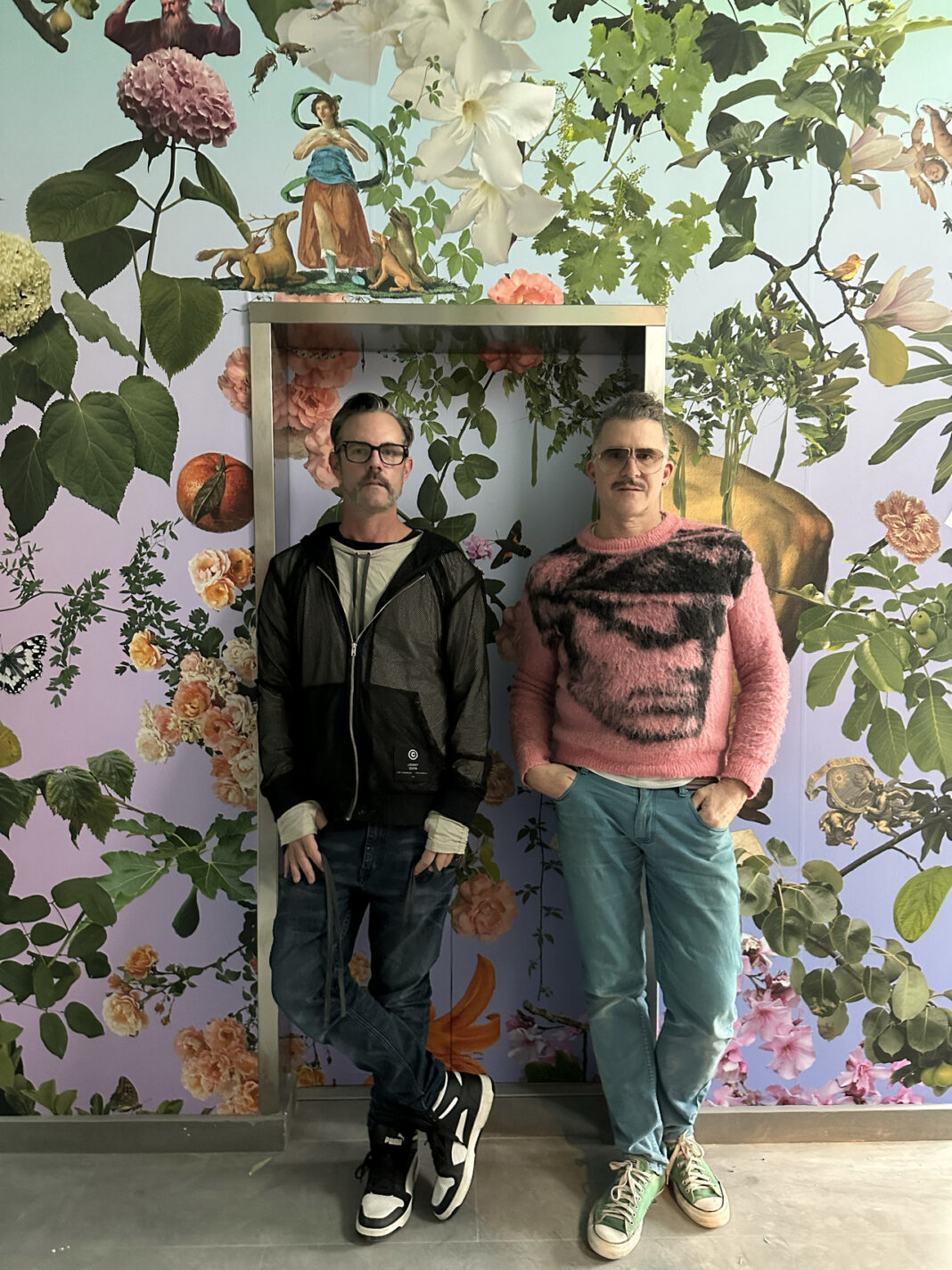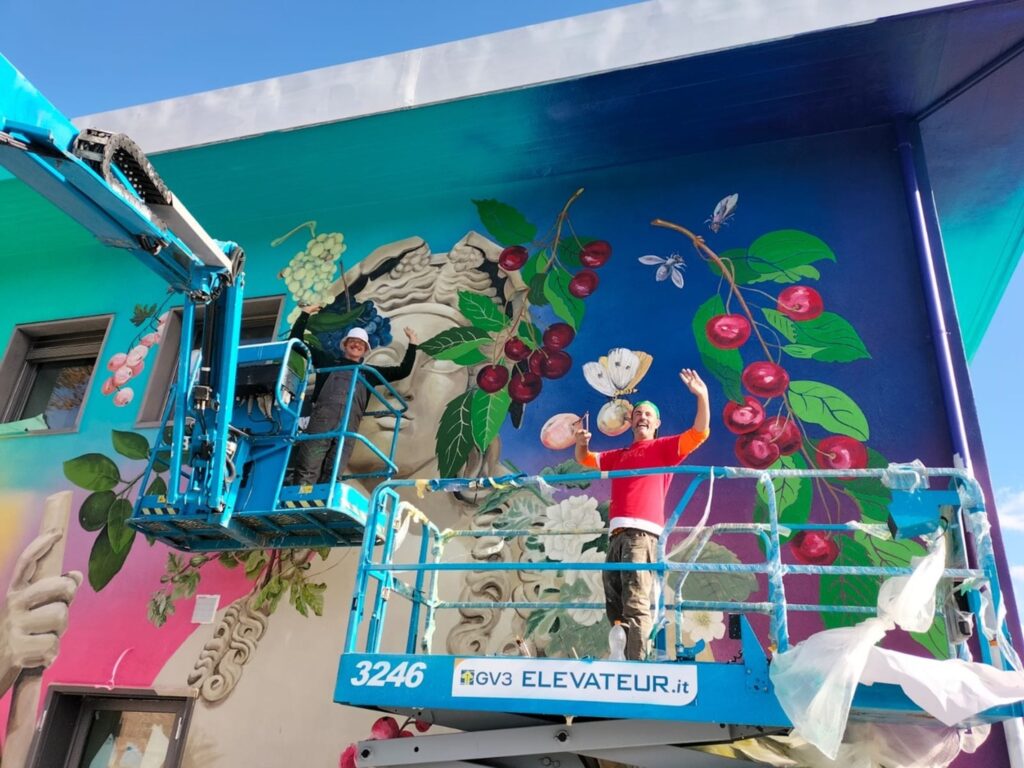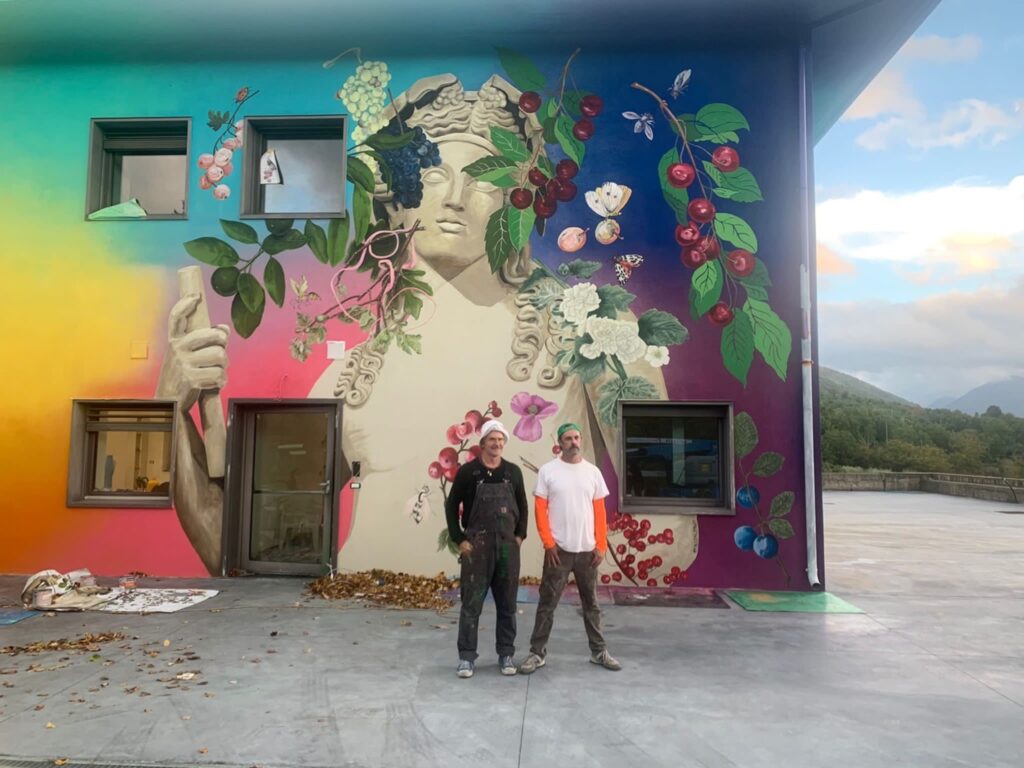A Los Angeles-based art duo creates public orchards that allow community members to harvest fresh fruit and rethink their ideas about nature.
Artists David Allen Burns and Austin Young were walking through their Silverlake neighborhood when they noticed the abundant fruit trees growing on or over public property.
“These trees were most likely organic, they were not cared for, and they were unpicked,” Burns says. “People drove in their cars to get their fruit and produce from elsewhere, when they could get a lemon for free on the corner.”
To make this abundance of fruit accessible to the community, the group hand-drew a map of Silverlake’s more than 100 public fruit trees and, with fellow artist Matias Viegener, submitted it to The Journal of Aesthetics and Protest under the name Fallen Fruit, a reference to Leviticus 19:10: “You shall not pick your vineyard bare, or gather the fallen fruit of your vineyard; you shall leave them for the poor and the stranger.”
Rather than allowing the untended trees and their rotting fruit to contribute to the mass of global food waste and greenhouse gas emissions, the group thought, they’d open the door for the community to feast on what the trees had to offer.
And thus began the subversive art group Fallen Fruit, an interdisciplinary collaborative based in Los Angeles that works to create art, build community, and explore the boundaries of public space.

As soon as they finished their first fruit map, Burns and Young came to realize the true power of their delicious medium of choice. Quickly, their project evolved from simple fruit sharing to a means of transcending boundaries and shifting our understanding of the natural world.
“It doesn’t matter if you’re five years old or if you’re that child’s grandparent, you’re both an expert on the flavor of a strawberry,” Burns says. “This idea of fruit that might be quoted in the Old Testament passage might be talking about the treasures of humanity. And so, we started thinking about historical record as being fruit, as museum archives, as the legacy of humanity as being the fruit that we save for other people.”
One of their first projects after the fruit maps was an art commission for a public park in Los Angeles County. Their idea, to plant a small public orchard, may have seemed straightforward. But in fact, their thinking was revolutionary—and illegal.
“It was actually not legal to plant edible landscaping anywhere [in the United States], period,” Burns says. “If it was done, it was done sort of by accident; it wasn’t done consciously to feed people.”
We said, ‘Well, it’s not really a fruit tree, it’s a work of art. And if a sculpture can be made out of wood, then this particular sculpture just happens to be made out of wood that’s alive, and it just happens to bear fruit.’
– David Allen Burns
Over a year of back and forth negotiations with the various agencies in Los Angeles County, Fallen Fruit stood firm in their artistic vision. Burns recalled their persistence with the officials: “We said, ‘Well, it’s not really a fruit tree, it’s a work of art. And if a sculpture can be made out of wood, then this particular sculpture just happens to be made out of wood that’s alive, and it just happens to bear fruit.’”
Finally, in 2013, Burns and Young were granted permission to plant Los Angeles’ first public fruit park in Del Aire, an unincorporated area between El Segundo and Hawthorne.
Once it was planted, Burns says, “Everyone—‘everyone’ meaning the officials—thought that it would be a total failure. It was a bus stop for a high school. It was an at-risk park in an at-risk community, so there was a lot of bad behavior historically in that park. But the result was a total success.” With fully matured trees, the park is now an established space where visitors can harvest nutritious fruits and reconnect with nature and their neighbors.

Since then, Fallen Fruit has planted close to 20 public orchards in different cities across the United States and Mexico, each one customized to meet the needs of the areas they exist in.
The care and specificity that goes into building each park extends into their work with museums, as well.
At the Nevada Museum of Art, Fallen Fruit completed a living installation called “The Monument to Sharing” as one phase of a larger project expected to be completed by early 2025.
“The museum allowed us to remove all of the landscaping on the exterior of the property, and it was completely transformed to be edible,” Burns says. “Not just edible fruits and berries and all that, but also edible pollinators. So, all of the flowers and the ground cover—everything is completely edible in the entire property.” The public is invited to pick fruit and flowers from the edible landscaping that welcomes them into the museum.
In the future, the group looks forward to working in Long Island, New York, where their art will speak to historic and contemporary food waste in the community.
It is through these various interdisciplinary artworks that Fallen Fruit hopes to change global perspectives of the familiar.
“You already think you know what a banana means or an apple, or what a neighbor means, or what a park could be, or what an artwork is, or what your history in your neighborhood is,” Burns says. “But as an artist, I think one of the possibilities of art is to create a space to make a safe place where you find your place in that story again in a new way. That’s all. Just find your place one more time.”





My daughter, Rori Knudtson work with two men several years ago out in LA in this creation. I do not remember their names but I loved reading this article and seeing Fallen Fruit has progressed.